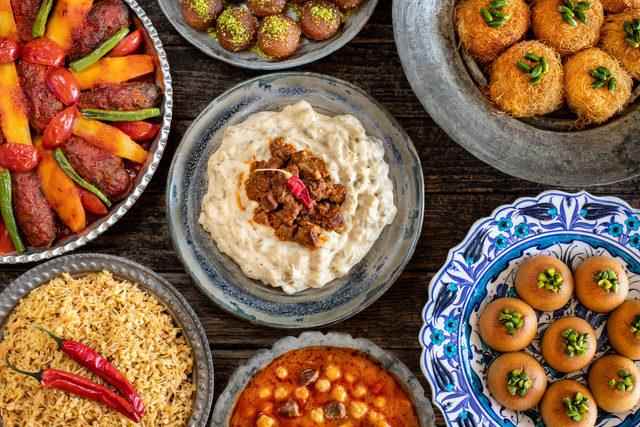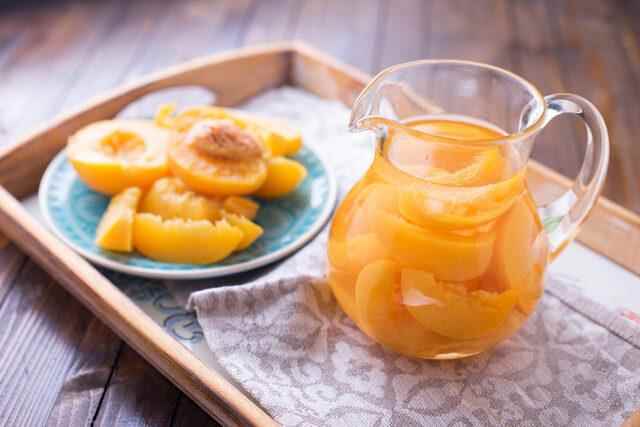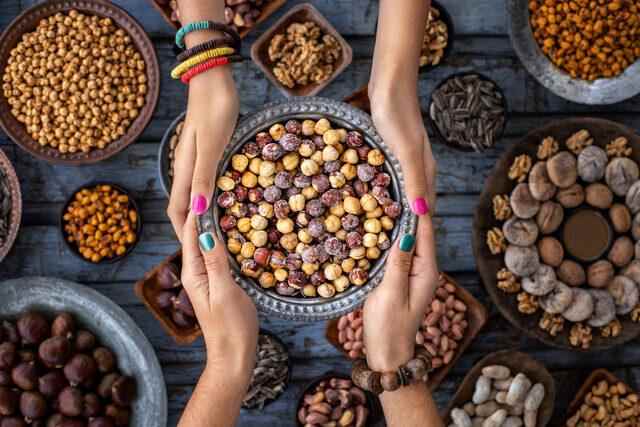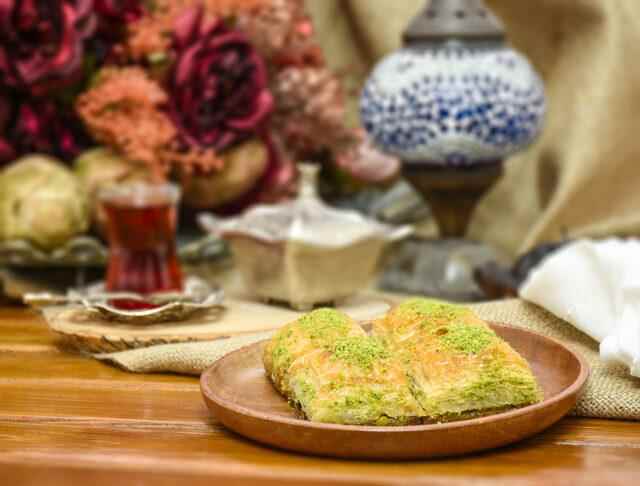While determining the iftar and sahur menus in Ramadan, it is of great importance to consume healthy and long-lasting foods in order to protect physical and mental health. During the 15-hour fasting process, many metabolic changes occur in the human body. Among these changes, there are symptoms such as the emergence of mineral loss in our body with water loss, headache, nausea, dizziness, blackout, hand tremors and weakness that occur due to the decrease in blood sugar with prolonged hunger. Over time, the body adapts to this new order, but especially in the first weeks of Ramadan, making the right food choices at the iftar and sahur tables and preparing these foods with the right cooking method helps to accelerate the adaptation process. Foods that can be consumed in iftar and sahur can be as follows:
MILK AND MILK PRODUCTS
Products such as kefir, yoghurt, ayran and milk consumed in sahur not only prolong the period of satiety, but also contribute to meeting the daily calcium intake with the calcium and protein content they contain.
EGG AND CHEESE
Egg constitutes the reference protein source in nutrition. It contains all essential amino acids in its structure. Inclusion of eggs in the diet is of great importance in terms of satiety. Eggs, which have high nutritional values, should be preferred to be consumed by cooking in water.
Cheese, which appears to be in the dairy group because it is obtained from milk, is actually similar to meat group products in terms of nutritional values. Approximately 30 grams of cheese and one serving of dairy products consumed at sahur tables meet 60 percent of the daily calcium intake of an adult.
MEAT PRODUCTS
Excessive consumption of meat products, which are among the indispensables of iftar tables, may pose a risk to health. Especially red meat consumption should not exceed 3 days a week, white meat should be consumed two days a week. In order to increase the fiber intake with meat, vegetables must be accompanied by it, and legumes (beans, lentils, chickpeas, kidney beans, etc.) which are a source of vegetable protein should be included on both days of the week. It should not be forgotten that excessive intake of animal-derived protein may increase the risk of cardiovascular diseases.

GRAINS
Grains, which are a source of carbohydrates, meet 50-55% of our daily energy. The type of grain to be consumed is important in terms of staying full for a long time. Whole grains, wheat, rye, oats, bulgur and pulses are grain groups that contain fiber, keep you full and help balance blood sugar. Choosing the right carbohydrates at iftar and sahur tables helps us spend the day energetically.
VEGETABLES AND FRUITS
We should include raw or cooked vegetables at sahur and iftar tables in order to provide vitamin and mineral intake and to increase adequate fiber consumption. Fruits are the right source to meet the daily sugar need. Fruits, which can be consumed as dry or wet, contribute to our daily energy, while providing various vitamins and minerals, they also contribute to the elimination of fatigue with their antioxidant content and reduce stress. Fruit compotes can also be included in iftar tables without adding sugar.

NUTS
Oilseeds, which are rich in antioxidant vitamin E, are among the foods that should be included in the daily diet for health. Raw consumption of oily seeds such as almonds, hazelnuts, walnuts, pumpkin seeds is beneficial for health. Oilseeds help to increase the satiety time as the meal taken together will prolong the gastric transit time. The most important issue is the consumption amount of this product.

DESSERTS
Desserts, which are indispensable for iftar tables, should be consumed in a limited way due to their sugar content. Carbohydrate and fat content of milk desserts is less than desserts with syrup and dough. For this reason, milk desserts are more balanced than dough and syrup desserts. It should be noted that the dessert, whose frequency of consumption is very important, should not be consumed more than two days a week.

NUTRITIONAL RECOMMENDATIONS FOR RAMADAN TABLES
- Those who will fast should get up for sahur.
- The time between iftar and sahur should be evaluated well in terms of water consumption and the amount of water needed daily should be consumed.
- Tea and coffee have water-repelling properties in the body. As coffee and tea do not replace water, an extra glass of water should be drunk for each cup of tea and coffee consumed.
- Iftar meal must be started with a soup and a 15-20 minute break should be taken after the soup to move on to the main course.
- It is also important which cooking method is used so that the food can be digested more easily. Two tablespoons of oil, preferably olive oil, should be used for one kilogram of vegetable food.
- The cooking method of meat dishes should be preferred as grilling, oven or boiling in an oil-free pan. Meat should be cooked in its own fat without adding oil.
- Excessive salt consumption should be avoided during sahur and iftar. Products that are thought to be salty should be put into water to remove the salt. Because salt causes both edema and thirst.
- One or two hours after the iftar meal, a snack with fruit and the right amount of nuts can be made. Milk dessert can be preferred instead of this meal on both days of the week.
- The time spent at the iftar and sahur tables should be extended, and one should not eat and get up quickly. However, each bite should be very chewy. This helps relieve stomach digestion.
- Except for blood pressure patients, a daily mineral water can be consumed to replace mineral losses.

